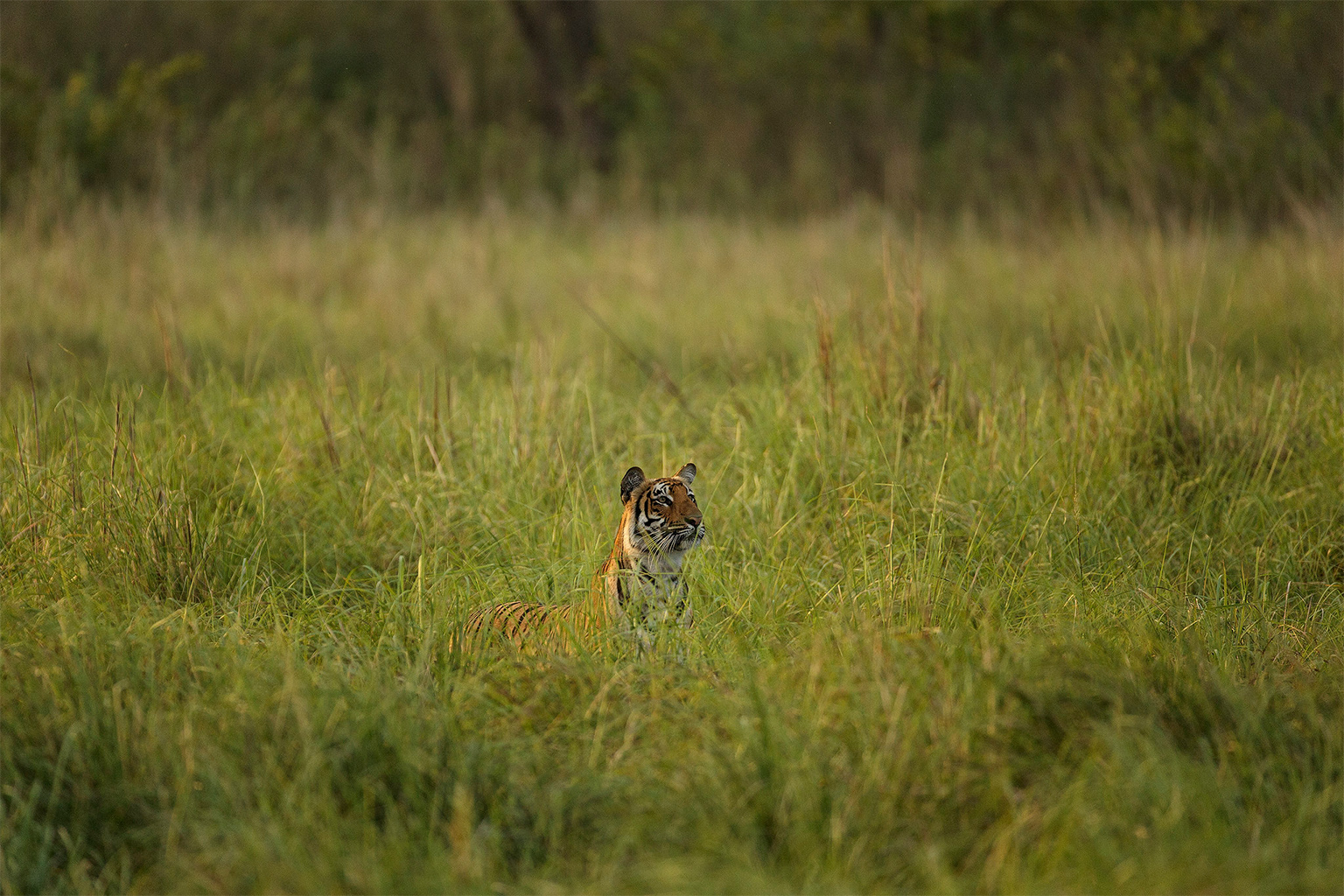KATHMANDU — Nepal’s government has proposed zoning of protected areas, where human activities have long been highly restricted, to accommodate “adventure tourism” activities such as canyoning, mountain biking and motorboating.
The sweeping changes have been proposed under the new draft National Parks and Wildlife Conservation Regulations, which have been in the works for a few months now but not made public yet.
Nepal’s protected areas and national parks, especially in the southern plains where the iconic Bengal tigers (Panthera tigris) live, have been conserved as highly restricted and regulated areas where even local people aren’t allowed in without permission. However, the proposed regulation could change all that, conservationists say.
According to the proposed regulation, a draft of which was seen by Mongabay, protected area managers will draw up management plans periodically to identify and manage different zones within the protected areas. This includes authorizing park managers to designate some areas under their jurisdiction to be suitable for adventure tourism activities. Such activities could either be conducted by the department itself or by a contractor selected through competitive bidding.
“Conducting such activities are clearly against the ethos of national parks and protected areas,” said an official at the Department of National Parks and Wildlife Conservation, who asked not to be named as he wasn’t authorized to talk to the media. “Protected areas are home to critically threatened species that should be left to live in pristine conditions; increasing footfalls will disturb their natural habitat.”

Nepal is home to 12 national parks, one wildlife reserve, one hunting reserve, six conservation areas, and 13 buffer zones. These extend from the lowland Terai Arc to the high Himalayas, covering nearly a quarter of the country’s total land area, according to the Department of National Parks and Wildlife Conservation. While local communities were displaced to establish national parks in the southern lowlands, people further upland continue to live inside some national parks and conservation areas, such as Sagarmatha (Everest), Langtang and Annapurna, famous worldwide for their breathtaking peaks and scenic trekking routes.
A point of alarm from conservationists in the proposed regulation is the inclusion of motorboating as an activity that may be permitted. In February this year, authorities shut down motorboat operations in Lake Begnas in Pokhara and Lake Jagadishpur in Chitwan, both of which are Ramsar wetlands of international importance. The reason for the crackdown was concern over pollution of the lakes. By formally permitting motorboating under the proposed regulation, conservationists warn, similar operations could crop up in pristine lakes such as Lake Rara in the Himalayas, the centerpiece of Rara National Park and a site long coveted by tourism developers.
The proposed changes come just a few months after the government issued a controversial new directive allowing the construction of large-scale hydropower plants inside the country’s protected areas, despite opposition from conservationists. The Ministry of Forest and Environment is also working new regulations to permit hotels to operate within national parks like Chitwan, according to a draft seen by Mongabay.
Uday Raj Sharma, former director-general at the Department of National Parks and Wildlife Conservation, said he hasn’t read the proposed regulations, but added the idea of adventure tourism inside protected areas shouldn’t be ruled out completely. On the other hand, he said, a blanket approach shouldn’t be adopted either.
“Each national park and protected area is different from the rest. So we can’t prepare blanket regulations,” he said. Sharma said detailed discussions with key stakeholders need to take place at the park level to determine what activities could be permitted.
The new regulation also allows the operation of hotels and resorts and cable cars inside protected areas, selected through competitive bidding. The changes are seen as a massive political push to commercialize the whole conservation sector in Nepal, which has achieved global accolades for nearly tripling the country’s tiger population and reversing land degradation through community forestry programs.
“Opening up of protected areas for so many activities all at once increases the risk for achievements that took so much time and effort,” said conservationist Hem Sagar Baral. “In a country such as Nepal, where regulatory monitoring and compliance has been weak, the achievements could be reversed easily.”
This article by Abhaya Raj Joshi was first published by Mongabay.com on 29 March 2024. Lead Image: Nepal’s government is proposing zoning changes to allow adventure tourism activities such as mountain biking inside protected areas. Image by Tim Foster via Unsplash (Public domain).
What you can do
Help to save wildlife by donating as little as $1 – It only takes a minute.







Leave a Reply